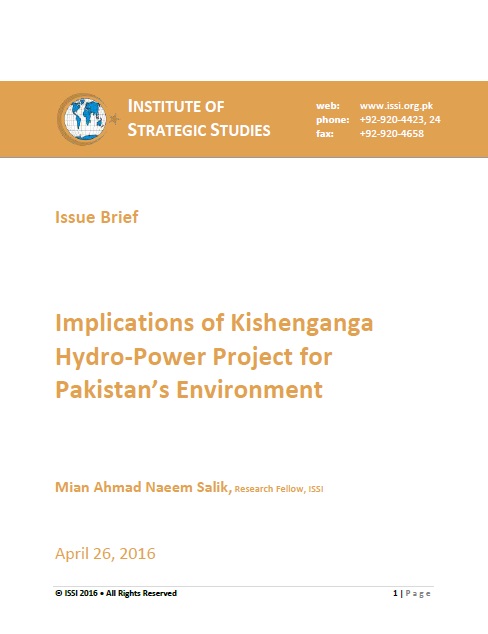Introduction:
The Permanent Court of Arbitration (PCA), which was instituted in 2010 to decide on the Kishenganga Hydro-Electric Project (KHEP) between Pakistan and India, gave its final verdict on 20th December 2013. According to the award India could continue its construction of the dam, based on the Neelum-Jehlum River as long as minimum down flow of water (9 m3/s) is maintained to the lower riparian, Pakistan. The latter had approached the PCA, under the Article IX (which deals with dispute settlement mechanisms) of the Indus Water Treaty (IWT) of 1960, as it felt the Treaty did not allow for diversion of waters from rivers accorded to it. Secondly, it would hamper the flow of water for the Pakistani planned Neelum-Jehlum Hydro-Electric Project (NJHEP), and thirdly it would have adverse environmental effects on Pakistan being the lower riparian country. Pakistan moved for neutral arbitration on the matter and approached the PCA in May 2010, to give its verdict on the matter. But the Court upheld the Indian position that it could divert water from Pakistani rivers for non-consumptive uses and build run-of-the-river projects on them. The Court however in its ruling discussed the environmental aspects of such big projects and gave some clarity on the International Watercourse Convention of 1997 which is not clear on future environmental impacts of such projects. Both India and Pakistan claimed victory over the Court’s decision.















